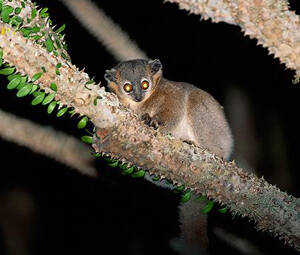
Lepilemur leucopus,
Lepilemur leucopus,White-footed monkey, boxing monkey,White-footed ferret lemur
The scientific name of the white-footed ferret lemur is Lepilemur leucopus, ···
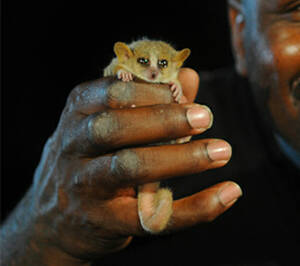
Microcebus marohita
Microcebus marohita,Marohita Mouse Lemur
Marohita Mouse Lemur (scientific name: Microcebus marohita) is also known as···
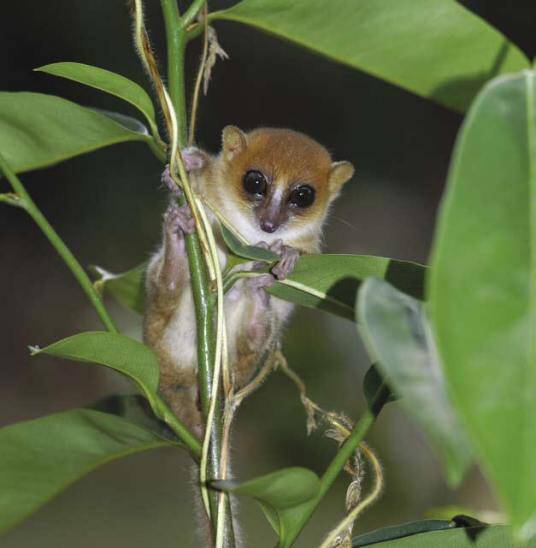
Microcebus margotmarshae
Microcebus margotmarshae,Margot Marsh's Mouse Lemur
Margot Marsh's Mouse Lemur (scientific name: Microcebus margotmarshae) i···
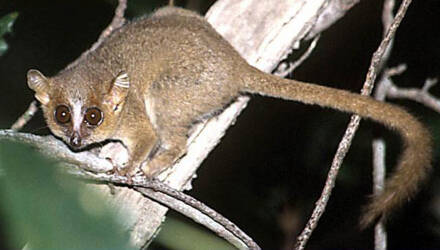
Microcebus mamiratra
Microcebus mamiratra,Claire's Mouse Lemur
Claire's Mouse Lemur (scientific name: Microcebus mamiratra), foreign na···
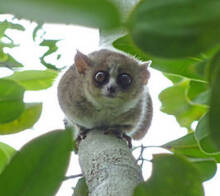
Microcebus macarthurii
Microcebus macarthurii,MacArthur's Mouse Lemur
MacArthur's dwarf lemur (scientific name: Microcebus macarthurii), forei···
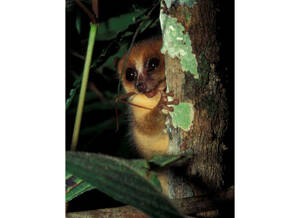
Microcebus lehilahytsara
Microcebus lehilahytsara,Goodman's Mouse Lemur
Goodman's Mouse Lemur (scientific name: Microcebus lehilahytsara) is cal···
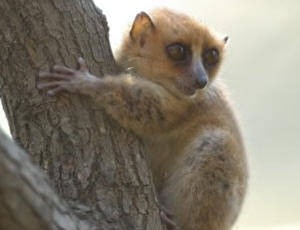
Microcebus jollyae
Microcebus jollyae,Grey-brown Mouse Lemur
Jolly's dwarf lemur (scientific name: Microcebus jollyae) is also known ···
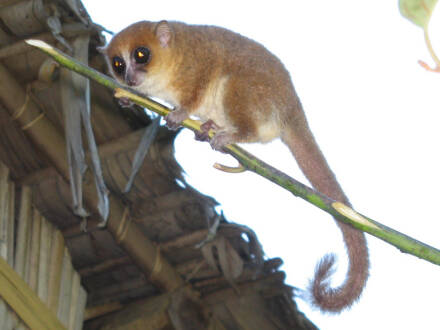
Microcebus gerpi
Microcebus gerpi,Gerp's Mouse Lemur
Gerp's Mouse Lemur (Microcebus gerpi) is a new species discovered in 201···
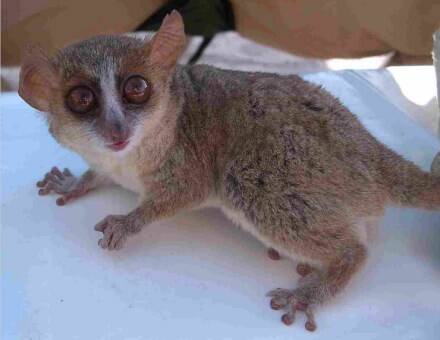
Microcebus danfossi
Microcebus danfossi
Microcebus danfossi (Microcebus danfossi) is an arboreal lemur that usually ···
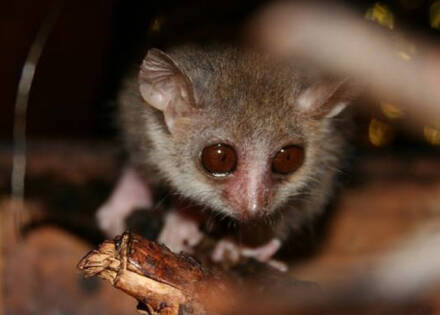
Microcebus bongolavensis
Microcebus bongolavensis,Bongolava Mouse Lemur
Bongolava dwarf lemur (scientific name: Microcebus bongolavensis) is also kn···
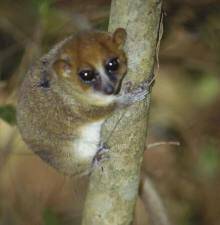
Microcebus arnholdi
Microcebus arnholdi,Arnold's dwarf lemur
Arnold's dwarf lemur (scientific name: Microcebus arnholdi) lives in tre···
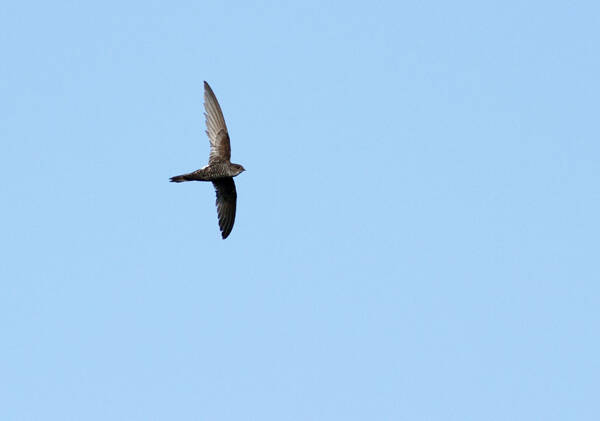
Apus pacificus
Apus pacificus,Fork-tailed Swift
White-rumped swifts are summer migratory birds. They migrate here in spring ···
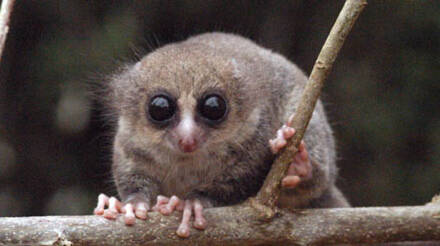
Cheirogaleus minusculus
Cheirogaleus minusculus,Lesser gray mouse lemur
The small iron-gray mouse lemur (scientific name: Cheirogaleus minusculus) i···
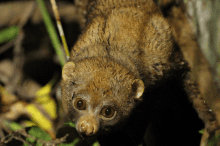
Perodicticus potto
Perodicticus potto,West African Potto、Western Potto
West African Potto (scientific name: Perodicticus potto) is also known as We···
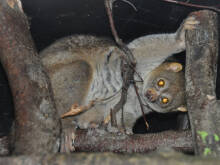
Perodicticus ibeanus
Perodicticus ibeanus,East African Potto, Eastern Potto
East African Potto (scientific name: Perodicticus ibeanus) is called East Af···
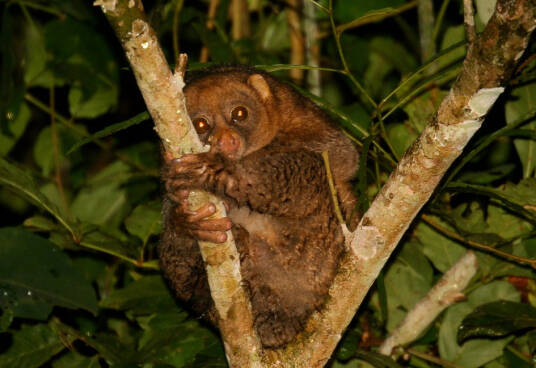
Perodicticus edwardsi
Perodicticus edwardsi,Milne-Edwards's Potto、 Central Potto
Central African Potto (scientific name: Perodicticus edwardsi), also known a···
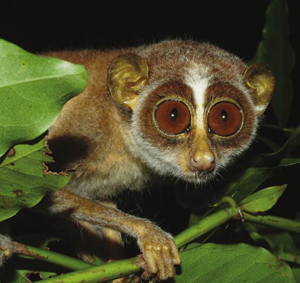
Loris tardigradus
Loris tardigradus,Red Slender Loris、 Slender Loris、 Sri Lanka Slender Loris、 Sri Lanka Wet zone Slender Loris
The red loris (scientific name Loris tardigradus), whose foreign names are R···
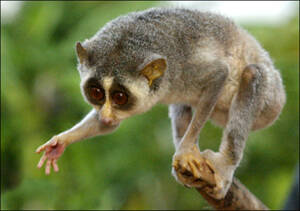
Loris lydekkerianus
Loris lydekkerianus,Gray Slender Loris、 Grey Slender Loris、 Highland Slender Loris
Gray Slender Loris (scientific name: Loris lydekkerianus) has five subspecie···
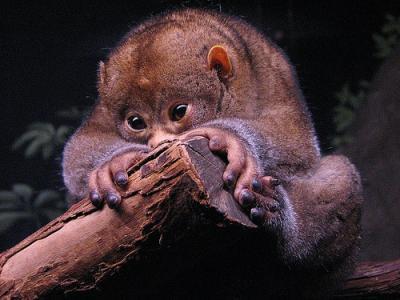
Arctocebus aureus
Arctocebus aureus
The scientific name of the small golden bear monkey is Arctocebus aureus. It···
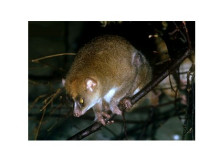
Arctocebus calabarensi
Arctocebus calabarensis,a kind of lemur
The scientific name of the golden bear monkey is Arctocebus calabarensis, an···
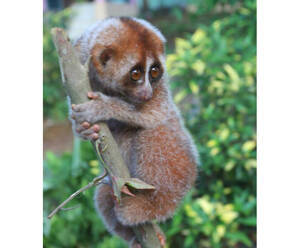
Nycticebus menagensis
Nycticebus menagensis,Philippine Slow Loris
Philippine Slow Loris (Nycticebus menagensis) is a primate of the order Pros···
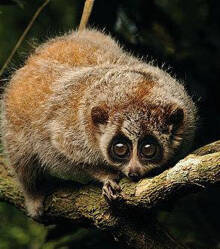
Nycticebus kayan
Nycticebus kayan,Kayan Slow Loris
Kayan Slow Loris (Scientific name: Nycticebus kayan) is named after the Kaya···
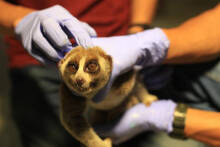
Nycticebus hilleri
Nycticebus hilleri,Sumatran Slow Loris
Sumatran Slow Loris (scientific name: Nycticebus hilleri) foreign name Sumat···
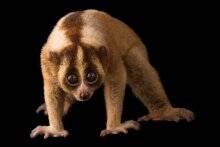
Nycticebus javanicus
Nycticebus javanicus,Javan Slow Loris
Javan Slow Loris (scientific name: Nycticebus javanicus) is also known as Ja···
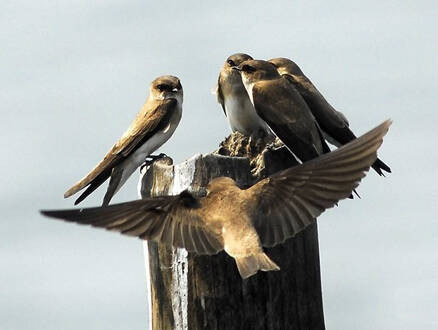
Apodidae
Apodidae,House swift, common swift
Apodidae (scientific name) is commonly known as swifts. In animal taxonomy, ···
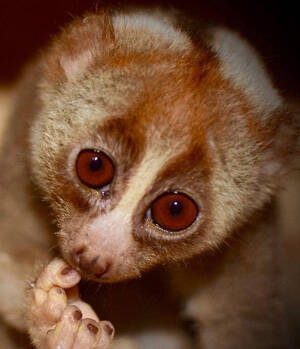
Nycticebus coucan
Nycticebus coucan, Greater Slow Loris、 Slow Loris、Sunda Slow Loris, Loris lent, Loris Lento,Middle Slow Loris
The slow loris (scientific name: Nycticebus coucan) is called Greater Slow L···
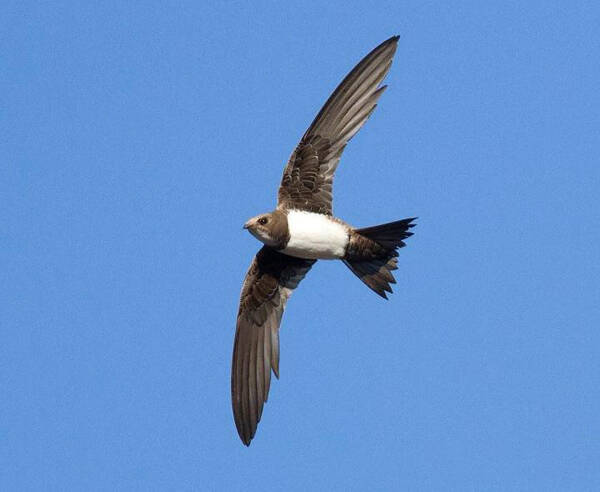
Tachymarptis melba
Tachymarptis melba
The Alpine Swift is a species of swift. Swifts are air-dwelling birds that o···
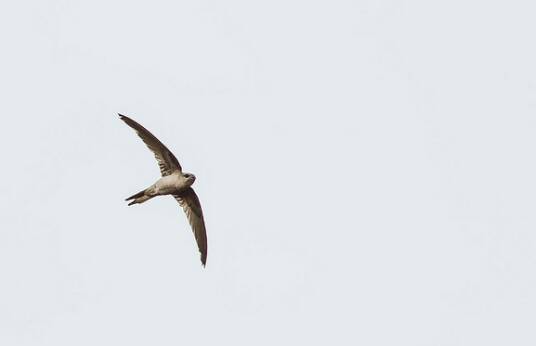
Asian Palm-swift
Asian Palm-swift,Cypsiurus balasiensis
Palm Swifts use the crowns of palm trees and their drooping dead leaves and ···
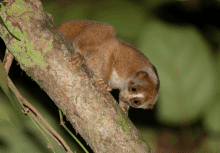
Nycticebus borneanus
Nycticebus borneanus,Bornean Slow Loris
Kalimantan slow loris (scientific name: Nycticebus borneanus), foreign name ···
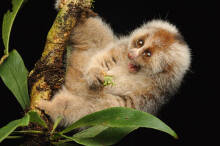
Nycticebus bancanus
Nycticebus bancanus,Bangka Slow Loris
Bangka Island Slow Loris (scientific name: Nycticebus bancanus), also known ···
